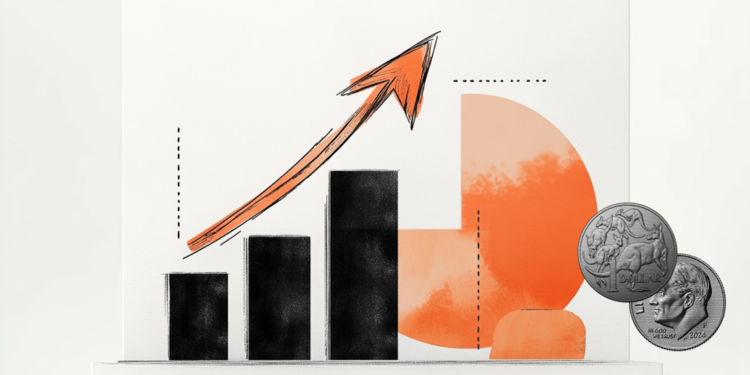USD/JPY consolidates near 153.00 with US Inflation, PMIs on focus
The US Dollar holds previous gains, with price action steady, a few pips below the 153.00 line. Investors are biding their time ahead of the releases of September’s US Consumer Prices Index (CPI) data and October’s preliminary S&P Global Purchasing Managers Indexes (PMIs), due later on Friday.
US inflation is expected to have accelerated further in September, pushing the yearly CPI to a 3.1% yearly rate, its highest reading since May last year, up from 2.9% in August. The core inflation, however, is expected to have remained growing at a 3.1% yearly pace, unchanged from the previous month.
Somewhat later, the preliminary S&P Global PMIs for October are expected to show a slight decline in Services activity, to 53.5 from 54.2 in September, while the Manufacturing sector is seen expanding at a steady 51.2 rate, the same pace as in August.
A Fed rate cut next week is practically confirmed
The positive data is not expected to alter expectations that the Federal Reserve (Fed) will cut rates by 25 basis points next week, but it might force investors to reconsider the chances of another rate cut in December, which right now is priced at a 90% chance.
The Yen, on the other hand, remains on its back foot amid speculation that Japanese authorities are considering a USD 90 billion stimulus plan to support households in the context of rising consumer prices. This package follows a similar one approved in November last year and is expected to add pressure to the already strained public finances.
Investors have been selling the JPY across the board after the nomination of the fiscal dove Sanae Takaichi as Japan’s Prime Minister. Takaichi, an assistant of former Prime Minister Shinzo Abe, is expected to pursue a policy based on high government spending and hamper the Bank of Japan’s monetary tightening plans, which will, highly likely, keep the Yen under pressure.
Economic Indicator
Consumer Price Index (YoY)
Inflationary or deflationary tendencies are measured by periodically summing the prices of a basket of representative goods and services and presenting the data as The Consumer Price Index (CPI). CPI data is compiled on a monthly basis and released by the US Department of Labor Statistics. The YoY reading compares the prices of goods in the reference month to the same month a year earlier.The CPI is a key indicator to measure inflation and changes in purchasing trends. Generally speaking, a high reading is seen as bullish for the US Dollar (USD), while a low reading is seen as bearish.
Read more.
Economic Indicator
Consumer Price Index ex Food & Energy (YoY)
Inflationary or deflationary tendencies are measured by periodically summing the prices of a basket of representative goods and services and presenting the data as the Consumer Price Index (CPI). CPI data is compiled on a monthly basis and released by the US Department of Labor Statistics. The YoY reading compares the prices of goods in the reference month to the same month a year earlier. The CPI Ex Food & Energy excludes the so-called more volatile food and energy components to give a more accurate measurement of price pressures. Generally speaking, a high reading is bullish for the US Dollar (USD), while a low reading is seen as bearish.
Read more.





